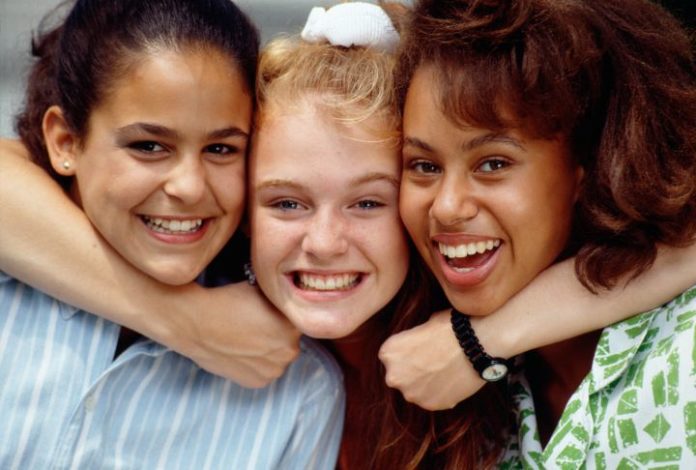Young women aged 10-17 were one-fifth as likely as young men to be in juvenile detention in 2010-11, according to a report released today by the Australian Institute of Health and Welfare (AIHW).
The report, Girls and young women in the juvenile justice system 2010-11, shows that young women are not only less likely than young men to enter the juvenile justice system, they are even less likely to progress to the most serious processes and outcomes in the system.
‘Compared with young men, young women were around half as likely to be proceeded against by police, one-third as likely to be proven guilty in a Children’s Court and one-quarter as likely to experience community-based supervision during the year’, said AIHW spokesperson Tim Beard.
‘On an average day in 2010-11 there were 85 young women in detention and 1,110 under community-based supervision’, said Mr Beard. ‘This equates to 0.9 per 1,000 young women aged 10-17 under community-based supervision and less than 0.1 per 1,000 in detention, compared with rates of 3.5 per 1,000 and 0.6 per 1,000 among young men.’
Young women spent around 2 weeks less than young men under supervision during 2010-11 (171 days, on average, compared with 186), which was mainly due to less time spent in detention (31 days compared with 68).
‘Young women under supervision tend to be younger than their male counterparts. Rates of supervision were highest among young women aged 15-16, compared with 16-17 for young men’, said Mr Beard.
Indigenous over-representation in the juvenile justice system for young women is very high-Indigenous young women were around 16 times as likely as non-Indigenous young women to be under community-based supervision, and 19 times as likely to be in detention. This was higher than levels of Indigenous over-representation among young men (13 and 17 times as likely, respectively).
Over the 5 year period from 2006-07 to 2010-11, rates of young women aged 10-17 under supervision rose from 0.8 to 1.0 per 1,000 on an average day. This increase was greater than the corresponding increase among young men. In 2010-11, young men were 4 times as likely as young women to be under supervision on an average day, compared with 5 times the likelihood in 2006-07.
The AIHW is a major national agency set up by the Australian Government to provide reliable, regular and relevant information and statistics on Australia’s health and welfare.










